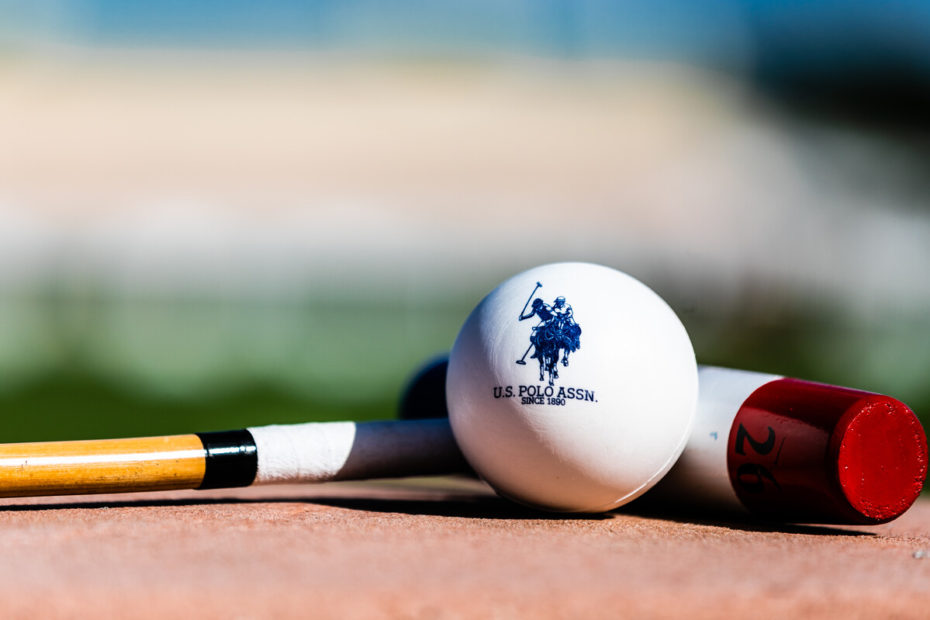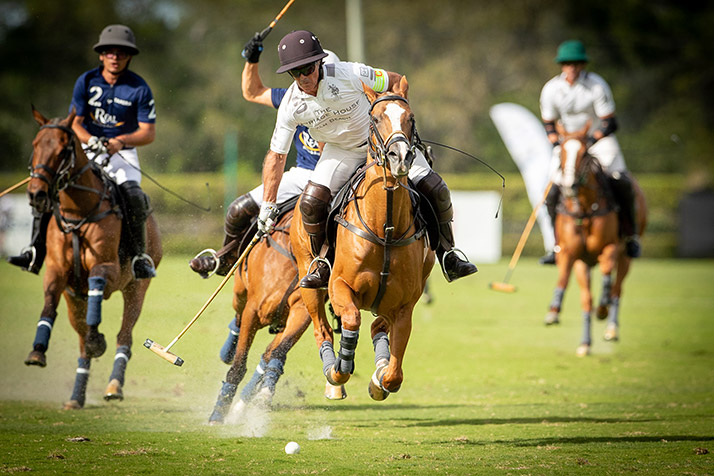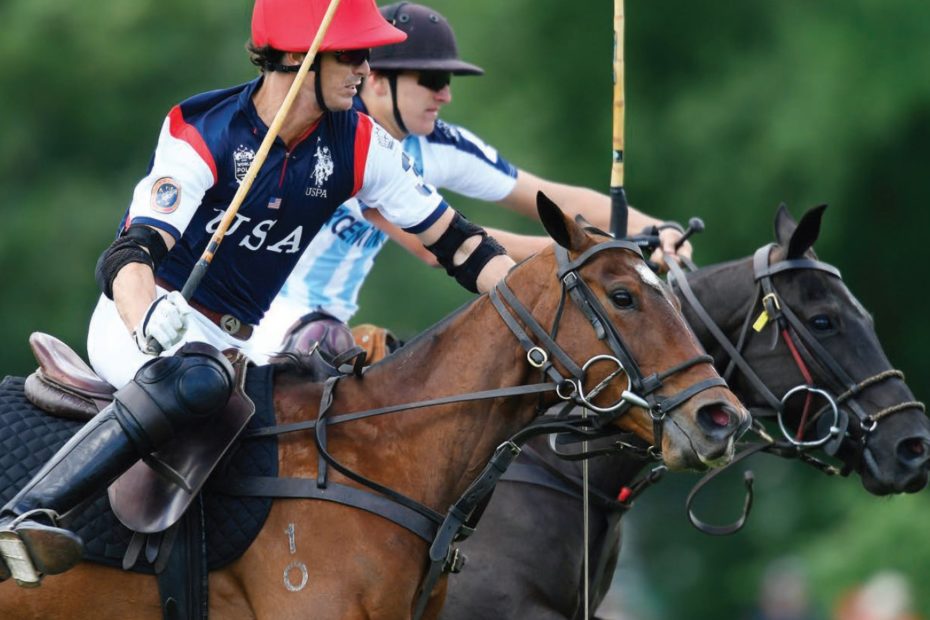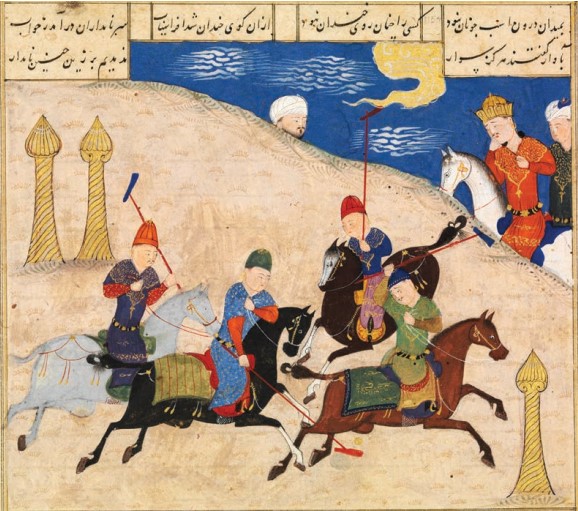Rules of Polo – and how they have changed
Polo Origins Prior to the 19th century, there were no official rules to the game of polo. Polo was originally played with 100 or more players on a team to simulate battle and was played by cavalry units. These massive teams also used tree branches or carved sticks to hit a ball made of a combination of willow, bamboo, and leather. Later, the sport became more popular and was allocated… Read More »Rules of Polo – and how they have changed




